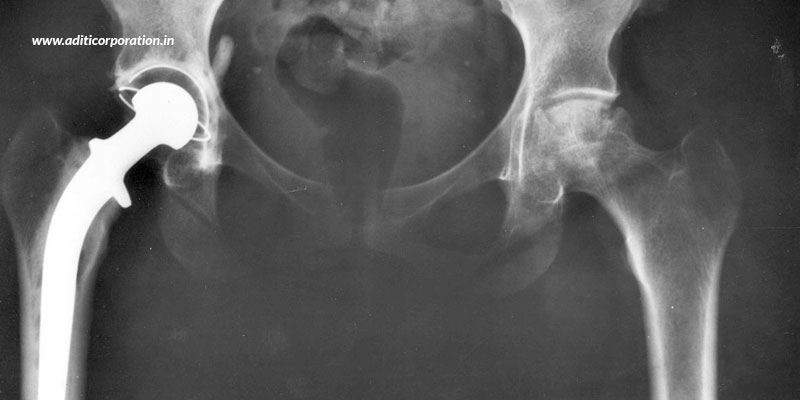
What Is A Revision Hip Replacement Surgery?
30 JanHip replacement surgeries generally last around 20 years, but after that, further wear and tear can require a second surgery to replace or repair the damaged areas of the hip. This second surgery is termed as a “revision hip replacement surgery”. Apart from the normal wearing out of the implants, there are other reasons that could also lead to having a revision surgery. These include traumatic injury from high-impact activities, repeated dislocation of the affected hip, infection in the hip joint, or fractures around the implant components. A revision surgery can help relieve painful symptoms and restore the functioning of the hip.
Patients generally opt for partial hip replacement surgery initially when they find pain or stiffness in their hip joint, wherein only the damaged area of the hip is removed and replaced. They do so to avoid manipulating the healthy areas of their bone. However, such partial hip replacement surgeries have more probability of leading to a revision hip replacement surgery. Conversely, total hip replacement in Bangalore is less likely to have patients undergo a revision surgery. Here is the step-by-step procedure of a revision hip replacement surgery.
- First and foremost, the surgeon provides the patient with anesthesia. It could be a general nerve block, or spinal, regional, or epidural nerve block, depending upon the patient’s condition and health.
- After the anesthesia performs its job, the surgeon begins by creating an incision along the original incision line of the first hip replacement operation, so that the hip joint is opened and exposed.
- Next, he will analyze all the internal tissues of the hip joint to check for any kind of infection or allergic irritation. Simultaneously, he will also analyze the condition of the original implants to look for any degradation or loosening. The original prosthetic implants and cement casing are then removed.
- The surgeon will then perform a controlled fracturing of the thigh bone, if required, so that the fixed stems can be easily removed and restored.
- Once all the prostheses are removed, the pelvis and femur bone surfaces are resurfaced and prepared for new parts to be installed. If excess bone loss has occurred, metal augmentation or bone grafting can be done.
- After all the preparation is done, the new implants are the then inserted and installed with the help of screws. After the installation, all parts are tested for checking their fixation and motion. Once all of it is done and checked, the incision is then sewed and closed to complete the surgery.
- The patient is then kept in the hospital for a few days to aid faster recovery under the monitoring of surgeons and nurses, after the effect of anesthesia wears away in a few hours.
Revision hip replacement surgery can provide effective long-term relief from hip pain and restoration to a normal healthy lifestyle. Obviously, you wouldn’t want to undergo a revision hip replacement surgery, but you mustn’t avoid it if your doctor suggests you to go for it.

